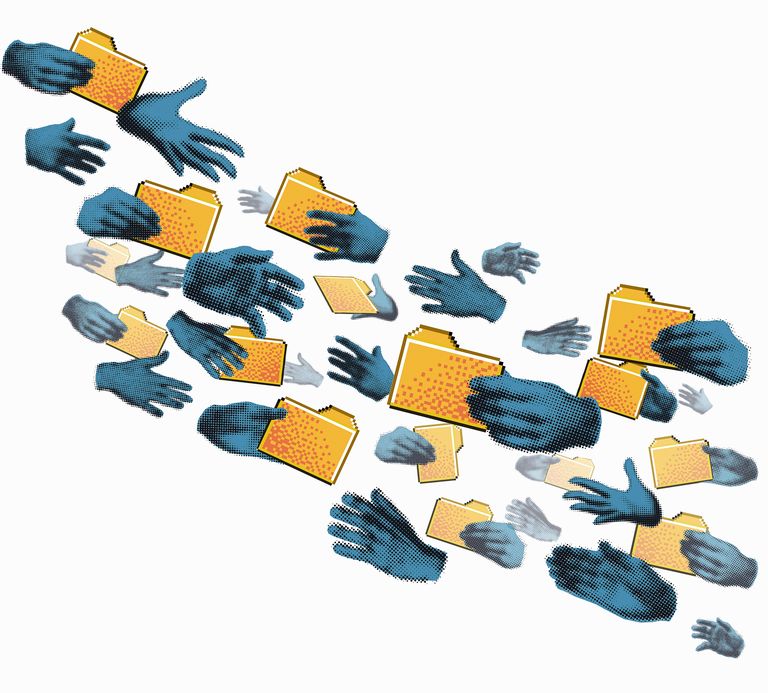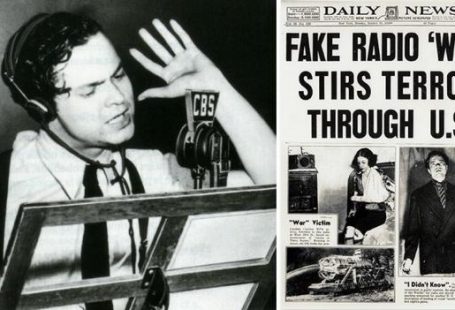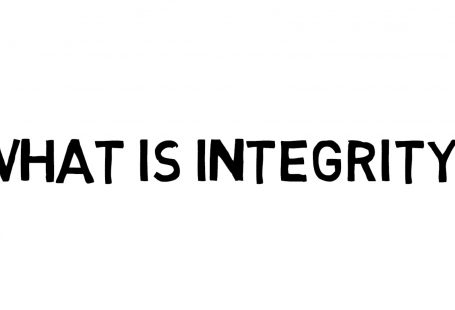File sharing films impact. Introduction
The main argument of those who support piracy is:
- that every important sector of big media today was born of a kind of piracy so defined. “…If piracy means using the creative property of others without their permission, if value then right is true, then the history of the content industry is a history of piracy;” [1]
- piracy doesn’t necessary mean to steal: there are different forms of piracy;
- the great success of the Internet is in the “altruistic sharing” (Long Tail principle, says that as the cost of inventory falls, the efficient range of inventory rises; Little Brother, says that “an efficient little brother learns what I’m likely to want and he recommends new things to me based upon what he has learned”; Lego-ized Innovation, says that web services enable the invention and the building to be shared among many different entities.) [2]
These arguments have been used to explain the birth and the development of piracy in the film industry of Hollywood and the concept of free market, which is related to the right of free expression.
Pirates’ supporters say that Film Industry was built by fleeing pirates: creators and directors migrated from East Coast to California in the early twentieth century in part to escape controls that patents granted the inventor of filmmaking, Thomas Edison.[3] They also point out the fact that piracy means to transform contents and the market.[4]
Despite the above mentioned arguments concerning pirates, which in a way try to justify also illegal downloads and the improper use of the file sharing, data left.
A study released by the Motion Picture Association of America (MPAA) found that film piracy was worse in South Korea, where broadband is commonplace.
Major Film Studios say piracy on the net has cost them billions of dollars. “…Last year Hollywood’s major studios made a record $10.85bn (£5.8bn) at the international box office.”[5]
This article is an analysis of the position of Film industry (and in general entertainment industry) in regard to file sharing and illegal downloads of copyrighted works.
I will point out how Law, EU and right holders in these years have tried to fight against technology and fix the problem of file sharing.
I will debate about Law, which in theory guarantees a defense for right holders, but in reality helps the proliferation of Major Studios’ monopoly, and Technology, which regulates behavoiurs (Chapter 1. Law and technology regulate behaviour.)
I will highlight the position of the EU and the introduction in 2004 of a Directive for the enforcement of intellectual property rights (Chapter 2. Piracy and Films: the EU’s response to protect copyrighted works.)
I will examine the doctrine (secondary liability) related to the protection of copyrighted works, that Courts used to fix the problem of file sharing and illegal downloads (Chapter 3. Courts and technology: Sony Doctrine, secondary liability and the Peer-to-peer file distribution phenomenon.)
Finally I will identify the position of right holders who use a “deterrence” technique, consisted in suing individuals, to dissuade or control file sharing in Internet.
File sharing films impact. Law and technology regulate behaviour
Traditionally copyright protection is linked to the form of expression of the work. Nowadays however, the content of artistic or literary digital works and other subject matter can be represented in a form independent of any particular medium.[6]
This characteristic of digital works is commonly referred to as the dematerialisation of works.[7] It is this dematerialisation and the attendant ease of copying, adaptation, and communication of works in digital form that has given rise to the migration of copyrighted works and their exploitation to the Internet. The said ease of copying, adaptation and communication has in turn facilitated the Peer-to-peer (P2p) [7] copyrights infringement phenomenon that forms the crux of the file sharing.
P2p technology has been a source of controversy in recent years primarily because the preponderance of files shared are copyright protected and are so far shared with no restraints and still with no compensation whatsoever to the copyright owners. [8]
Anyway it has to be noted that this new technology is not only used for reproducing copyrighted works. P2p technologies are also employed in other beneficial services like in facilitating telephony traffic or in broadcasting TV programmes.[9]
Benefits notwithstanding, the utilization of P2p technique for sharing audiovisual works in the Internet is a controversial debate especially because it doesn’t exist any definitive regulations and also because it seems that Law cannot dominate such a fast changing mechanism like the Internet and its new technologies.
File-sharing is booming, with people downloading millions of files despite efforts by the entertainment industry to stop the practice. Films and other files larger than 100MB are becoming the most requested downloads on networks around the world. It measures P2p traffic on the networks of internet service providers. It is estimated that at least 10 million people are logged on to a P2p network at any time.[10]
The Courts don’t know how to solve the problem of the download of copyrighted works. There isn’t a unanimous judgment, there isn’t a decision to follow because every decision can be interpreted in many different ways, every word can mean the opposite and every sentence can be read for finding a precise allusion or suggestion to support a distinct variation of the previous thesis.
Technologies grow faster than Law. Law regulates behaviour. Technology regulates behaviour. Law, technology and behavioural adaptations to them interact in a dynamic recursive process to form the parameters of human behaviour that is bound up with the technology.
File sharing films impact. Conclusion
My conclusions unfortunately will describe a complicated and unresolved situation. Every effort conceived by Courts, Law and Major Studios to fight against file sharing and illegal downloads appears absolutely derisory.
It appears that Courts attempted to create a balance of “creative pursuits” and the promotion of “innovation of new technologies”, but in reality they seemed to have erred in its ruling.
Without the Betamax doctrine developed in Sony, technology companies would be subjected to claims that they “contribute” or “induce” infringement, but after the introduction of the Internet and P2p technology, Courts had to mislead the original decision with the theory of secondary liability, which basically denies the Sony doctrine.
Meanwhile in the EU, the introduction of the Enforcement Directive has increased the remedies available to the intellectual property owner, however the Directive indicates a number of factors, which the Courts may need to bear in mind when ordering damages or injunctions.[11]
The amendment does not appear, however, to have introduced a doctrine of punitive or exemplary damages. The awardable damages will continue to compensate the claimant for only the actual prejudice suffered, which now includes “moral prejudice.”[12]
If we look into the past and present of file sharing on the Internet it is easy to see that nothing is really new. Only the scale and scope have changed. After the information has once been digitised and released to the Internet, it is impossible to get the “genie back to the bottle.”[13]
The more aggressive methods are used to stop the distribution, the stronger the resistance becomes. Lawsuits however fit into the industry’s multi-pronged offensive strategy against file sharing, which has utilized also lobbying and technical protection measures or digital rights management.[14]
Film industries have gained short-term wins with their lawsuit strategy, but any substantial long-term impact. The sheer numbers, technological progress, and the economics of scale clearly favour file sharers. Many file sharers are most likely risk takers. Thus, the industry seems to be losing their proposition of establishing a stronger social norm against sharing among those who share.
The industries seem to have taken the facts into consideration in their deterrence campaign when they press that it is only a minor group of individuals who share movie files. What they don’t mention is that this group may never disappear and it is impossible to control.
The entertainment industry aims “to keep honest users honest” (or “to keep lazy users honest”), yet at the same time admits that it is impossible to end all unauthorised copying and it would be futile to believe so.[15]
The download of copyrighted works will continue to exist and provide low cost, high-quality service to a large group of consumers. This means that in many markets, the illegal download will be a competitor to legal commerce.[16]
In other words, “File sharing is in the end the biggest competitor to legal services. As the industries push their self-protection initiatives, court cases, lobbying etc., illegal downloads will only get more power. Thus, in the long term, unless legal services can offer clear added value, in the form of better user experience or guaranteed legal safety, a substantial user community will stay inclined to stay on the dark side.”[17]
To continue reading File sharing films impact…
File sharing films impact. References and Notes
[1] Free Culture – How Big Media Uses Technology and the Law to Lock Down Culture and Control Creativity Lawrence Lessig copy @ www.lessig.org . [2] Remix, Making art and Commerce thrive in the hybrid economy, Lawrence Lessig (2008), pag.128-140 [3] Siva Vaidhyanathan, Copyrights and Copywrongs, pag.87-93. [4] BBC News Channel, Online film piracy “set to rise”, available at http://news.bbc.co.uk/1/hi/technology/3879519.stm [5] When Rights Clash Online: The Tracking of P2p Copyright Infringements Vs. the EC Personal Data Directive Okechukwu, Benjamin Vincents, pag.271. [6] A sound recording could, for example, be fixed on a compact disc. Depending on the size thereof, it could also be fixed unto a floppy disc. As recent experiences have shown, such a recording may even be inscribed in no singularly identifiable medium. A good example of this is the publication by artists of their works on the Internet when they were refused publication by companies, see Okechukwu V.B., When Rights Clash Online: The Tracking of P2p Copyright Infringements Vs. the EC Personal Data Directive, International Journal of Law and Information Technology Vol. 16 No. 3 © Oxford University Press 2007, Advance Access Published on 20 September 2007. [7] Peer-to-peer or p2p file sharing is the trading of files in a network of peer nodes. A node is a device such as a computer, a personal digital assistant (PDA) or a cell phone, which is connected as part of a network. ‘A pure peer-to-peer network does not have the notion of clients or servers, but only equal peer nodes that simultaneously function as both “clients” and “servers” to the other nodes on the network.’ P2p networks are the opposites of client-server networks where communication is to and from a central server such as in a File Transfer Protocol (FTP) server. In an FTP server, the client always initiates the download while the server can only respond to requests. [8] See note 5, pag.270. [9] See www.asiaplatetv.com [10] See BBC News Thursday, 15 July, 2004, available at http://news.bbc.co.uk/1/hi/technology/3890527.stm[11] Of particular note, the new assessment-of-damages provision allows claimants to receive greater compensation in cases of “knowing infringement”.
[12] See UK IP Enforcement Regulations Enter into Force, June 13, 2006 [13] See http://www.bepress.com/rle/vol3/iss3/art4/ [14] manifested in e.g. CD and DVD copy protections and copy protected file formats, see note 48. [15] The ultimate result of the offensive file sharing strategy has been illustrated in the somewhat famous paper about Darknet – authored by Microsoft researchers supposedly in charge of the company’s trusted computing initiative – which assumes that copyright violators can be separated and the business focus can be put on the well-behaving consumers. (Biddle et al, 2001) [16] From the point of view of economic theory, this has profound implications for business strategy: for example, increased security may act as a disincentive to legal commerce. [17] See Theory of Deterrence and Individual Behaviour – Can Lawsuits Control File Sharing on the Internet? Mr. Ville OKSANEN, Mr. Mikko VÄLIMÄKI, Helsinki Institute for Information Technology (HIIT), Software Business and Engineering Institute (SoberIT), pag.19Dandi Law Firm provides legal assistance in Copyright, Film and New Media. Check out our Services or contact Us!






